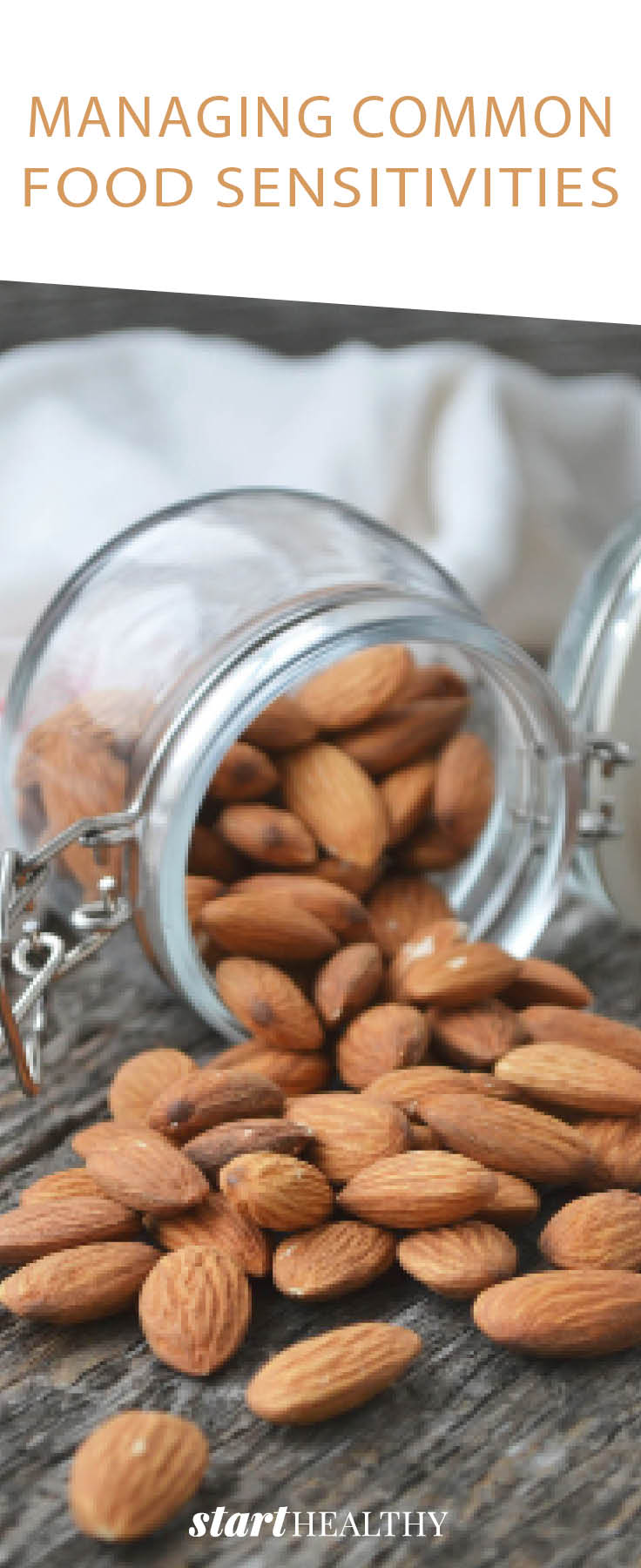Managing Common Food Sensitivities
Do you ever feel bloated or sick after eating certain foods? If so, you could have a food intolerance or sensitivity. Read on to learn about the different types of food sensitivities and how to manage them.

The difference between an allergy and a sensitivity
A food intolerance is not the same as a food allergy, although some symptoms can be similar. An intolerance has fewer severe symptoms than an allergy does, but it can still negatively impact your health and quality of life if you don’t manage it properly.
Common food intolerances
Most food intolerances are caused by a reaction to a FODMAP, which represents five types of short-chain carbohydrates that aren’t necessarily unhealthy but contain sugars that can cause gastrointestinal distress. Examples of each are below.
Fermentable: pastas, potatoes, and sticky fruits that ferment into fatty acids and gases
Oligosaccharides: wheat, rye, onions, garlic, legumes, lentils, and artichokes
Disaccharides: any milk-based dairy products
Monosaccharides: high-fructose corn syrup, some fruits, and fructose, such as honey,
And
Polyols: artificial sweeteners such as mannitol and xylitol, and natural sources like cauliflower
Management options
An at-home food sensitivity test can help you determine which foods you can’t digest properly. The results can shed light on foods you weren’t aware of and help you develop a plan of action.
From there, most people choose to follow an elimination diet, through which they avoid eating a particular food entirely or reserve it for special occasions. Eventually, you might reintroduce one food at a time to see which are the most troublesome.
Additionally, there are over-the-counter solutions you can try that aid digestion. For example, lactase tablets can replace the enzyme your body lacks to break down dairy products.
* If you think you might have a food sensitivity, speak to your doctor.









